
Maybe it’s your performance review. Or a 360-degree feedback report. Or (unsolicited) advice from a colleague. Maybe you got a dressing-down from an angry client. Or overheard the nickname your team has for you.
Whatever it was, it was wrong. Off-base. Unfair. They don’t understand the situation. They don’t even really know what you do. And besides, their advice wouldn’t even work.
Getting feedback that seems just plain wrong can be isolating, painful and maddening. What should you do when this happens to you?
The first thing to do is nothing. Don’t decide whether or not you agree with the feedback…yet. This isn’t easy. But you need to give yourself time to understand more clearly the feedback before you accept or reject it.
Take Nira (not her real name), a highly regarded creative director in the digital media industry who was three months into a new job when her CEO sat her down to say: “I need you to be more creative.”
Nira’s thoughts raced with all the reasons this feedback was ridiculous: I am the creative director of this company. Cre-a-tive is in my job title! This is contrary to every piece of feedback I’ve received my entire career. You wouldn’t know creative if it smacked you in the face. I’m nothing if not creative.
But you need to give yourself time to understand more clearly the feedback before you accept or reject it.
Outwardly, Nira smiled tightly, thanked her boss and walked out, searching her phone for the headhunter’s number.
Nira’s reaction is natural. In order to decide whether to accept or reject the feedback, we automatically scan for what’s wrong with it: who gave it to us, why we suspect they gave it to us, when, where, or how they gave it to us, why it isn’t true or wouldn’t work.
There are two problems with “wrong-spotting.” First, you will always be able to find something wrong with the feedback; and second, you’ll dismiss it too quickly—before you actually understand what the feedback giver is trying to tell you.
So, dig deeper. Most feedback arrives in the form of a vague label: “You need to step it up,” “Show more leadership,” “Think more strategically” or “Be more creative.”
It’s easy to jump to what these labels mean to us, and assume we know what they mean to the feedback giver. Yet these labels are—at best—loose approximations of what they are trying to say.
The feedback we get always has a past. Looking back, Nira’s boss is trying to describe a set of observations, examples, expectations of what she would or should do, or perhaps opportunities he felt she missed, which impacted her creativity.
The feedback also has a future: the CEO must have some specific ways he would like her to approach things differently. So, before Nira can decide what’s wrong—or right—about his feedback, she needs to understand where his feedback is coming from, and where it is going to. She needs to ask questions like:
- When you say “creative,” can you say more about what you mean?
- Can you be a bit more specific about times or instances when I wasn’t creative?
- Can you give examples of what “creative” would feel like to you?
- What specifically are you suggesting I do differently?
After some deep breaths and a pep talk in the bathroom mirror, Nira did go back to ask some questions. She learned that the CEO wasn’t referring to her client work at all. He meant that he wanted her to rethink how she was managing her team meetings. He had observed that she did a lot of the talking, leaving little space for some of her quieter—but wildly talented—team members. He had surprisingly good ideas about how to get some of the more hesitant voices into the room. There was more value in his feedback than she had initially assumed.
It’s easy to criticize the CEO for being so unclear. The leap from what he meant by “creative” and what anyone might imagine he meant is large. But any label he used would need some exploration in order to clarify what he was worried about, or what he was recommending she do. So always assume givers will need help articulating what they mean. And that the way to help them—and yourself—is by asking clear and curious questions without a defensive tone.
Check blind spots by asking two questions. “What’s wrong?” and “What might be right?” Sometimes feedback doesn’t feel “true” to us because we’re simply unaware of it. It sits squarely in a blind spot. To get a clearer idea of what you might be missing, ask a friend.
Take Jake (also not his real name). He received feedback that he needed to “watch his attitude.” In Jake’s mind, this was preposterous; his attitude was great. He was tireless and devoted.
He went to down the hall to vent to a colleague, who was quick to be supportive: “That’s crazy! No one works as many hours a week as you do. You are always here.” She provided what Jake was implicitly asking for—a friend to support him by validating what was “wrong” with the feedback.
Check blind spots by asking two questions. “What’s wrong?” and “What might be right?”
Most of us stop there, reassured. But if you want to check your blind spots, ask your friend a second question: Okay, is there anything that might be right about the feedback?
Jake’s colleague—after a pause—offered this: “You do work a lot of hours, but every time you are asked to stay late, you sort of sigh and complain that you have no life. You actually do give off serious attitude.”
While there will always be something wrong with the feedback you get—maybe even 90 percent—there will also almost always be something right that you can learn from. Our friends and colleagues are well placed to help us see that last 10 percent. But they won’t do so unless we explicitly ask and demonstrate that we won’t shoot the messenger.
Receiving feedback well doesn’t mean you have to take the feedback. Being good at receiving feedback means just that: that you receive it. That you hear it. That you work to understand it. That you share your perspective on it. That you reflect on it. That you sit with it. That you look for that (even tiny) bit that might be right and of value. Then you get to decide whether or not to act on it.
Whatever you decide, circle back to your feedback giver to share your thinking. If you don’t, they will think you didn’t hear them, or didn’t care. Letting them know you took their input seriously will strengthen your relationship even if you ultimately go in a different direction.
This article originally appeared on the Harvard Business Review.
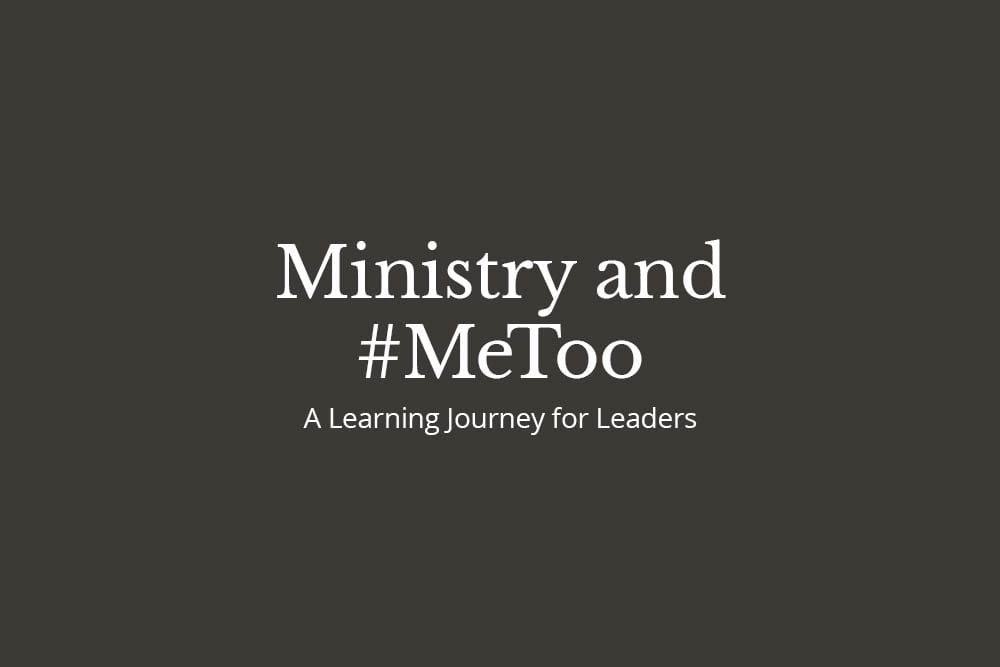






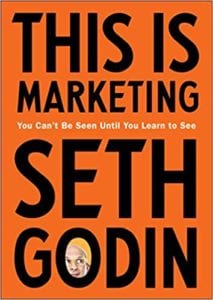



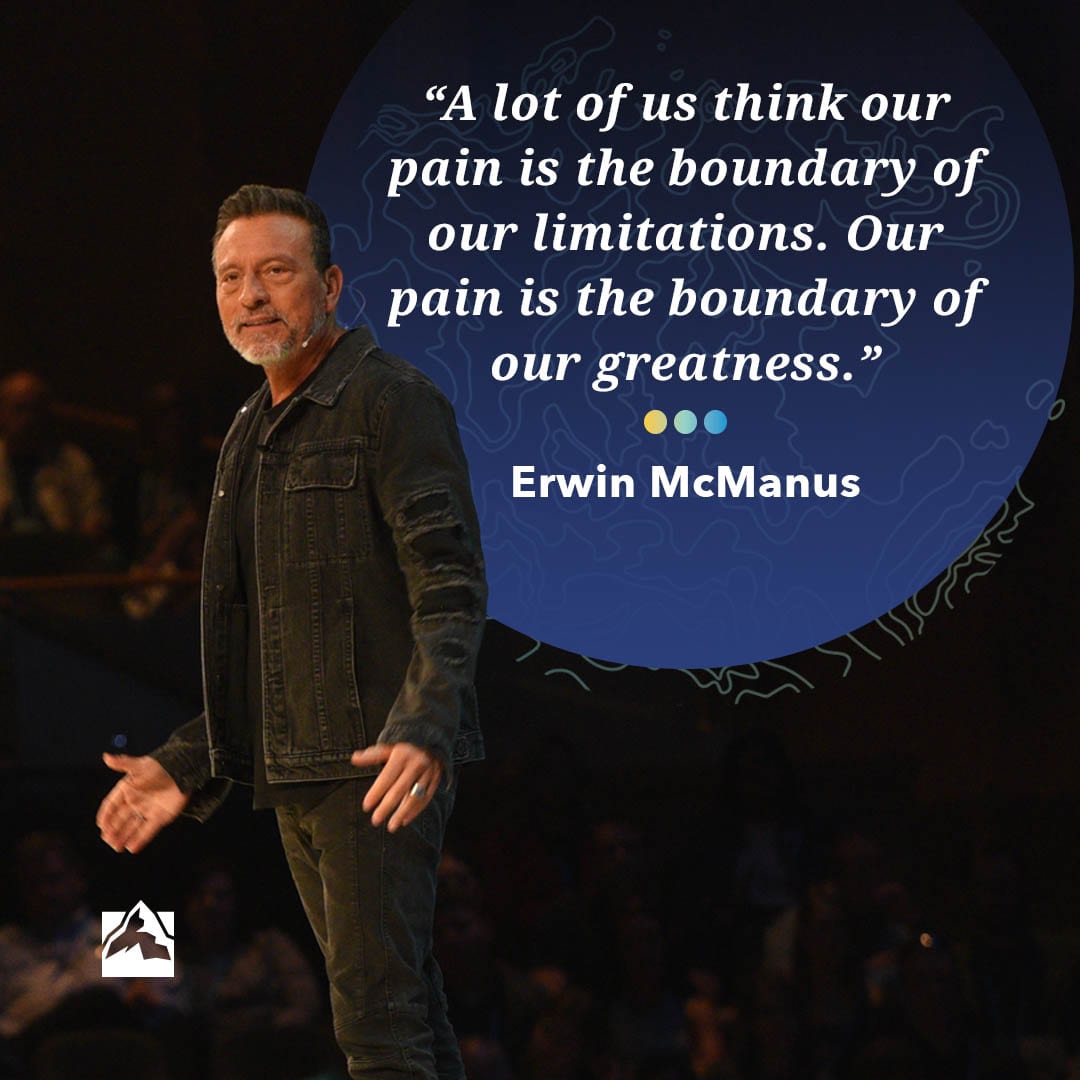
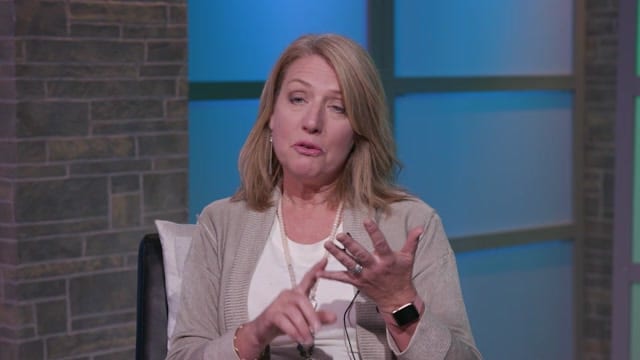


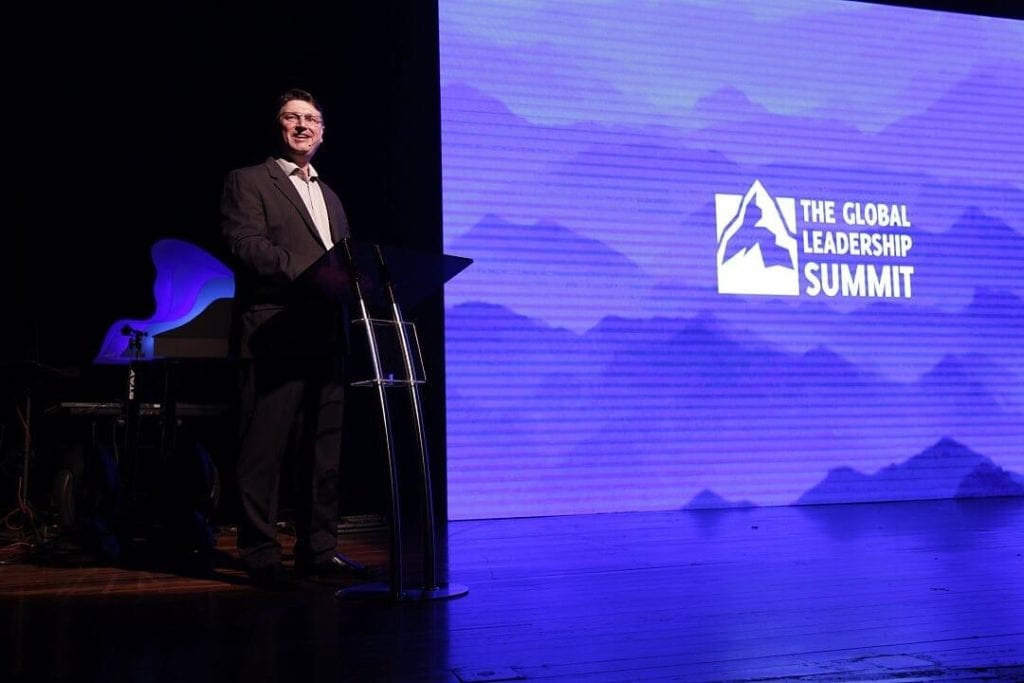 Each year, for the past two years, an official proclamation of the mayor declares the opening day of the Summit as “Leadership Day in Diadema.”
Each year, for the past two years, an official proclamation of the mayor declares the opening day of the Summit as “Leadership Day in Diadema.” One of the award winners, a teacher, brought 100 students with her to celebrate the occasion.
One of the award winners, a teacher, brought 100 students with her to celebrate the occasion.
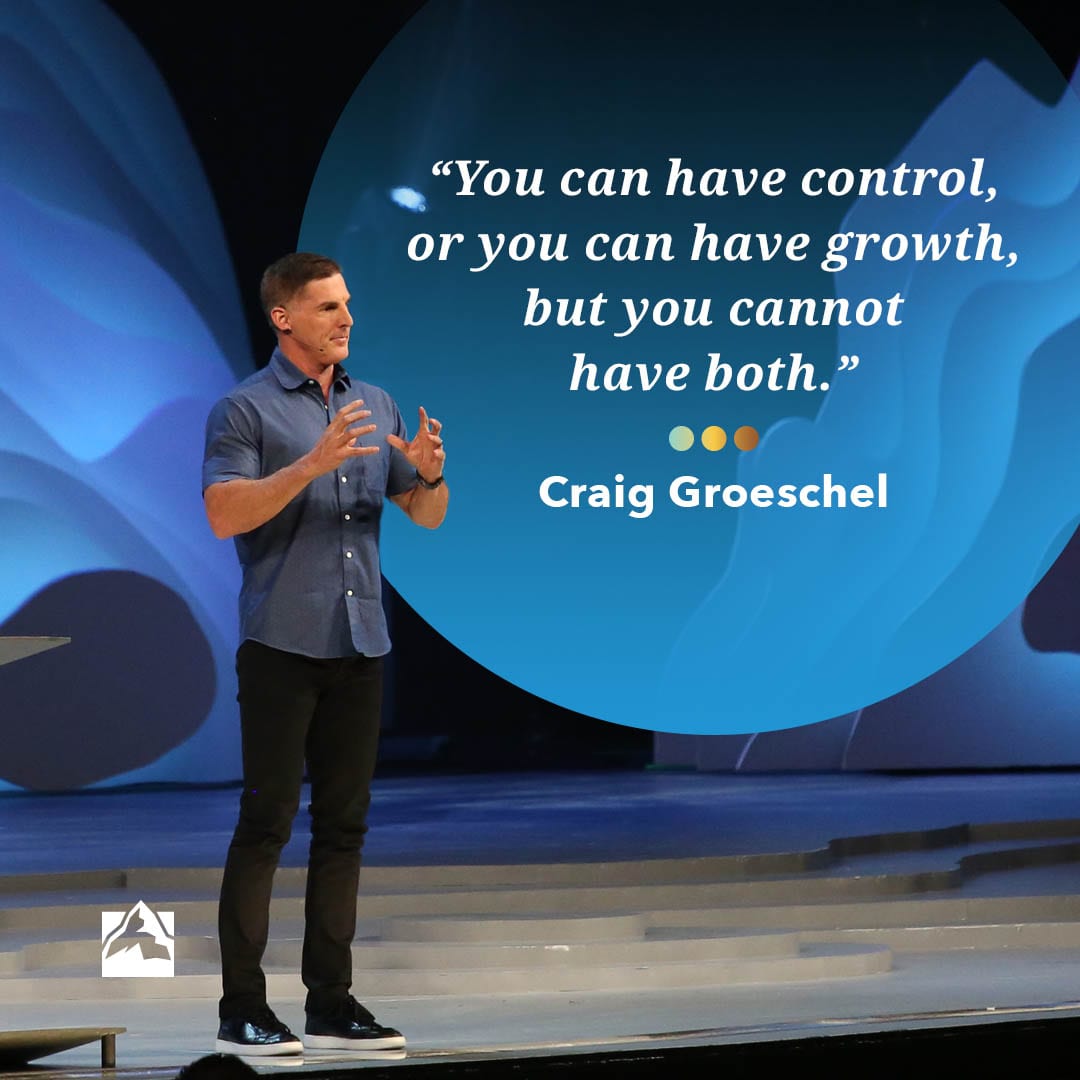

Recent Comments